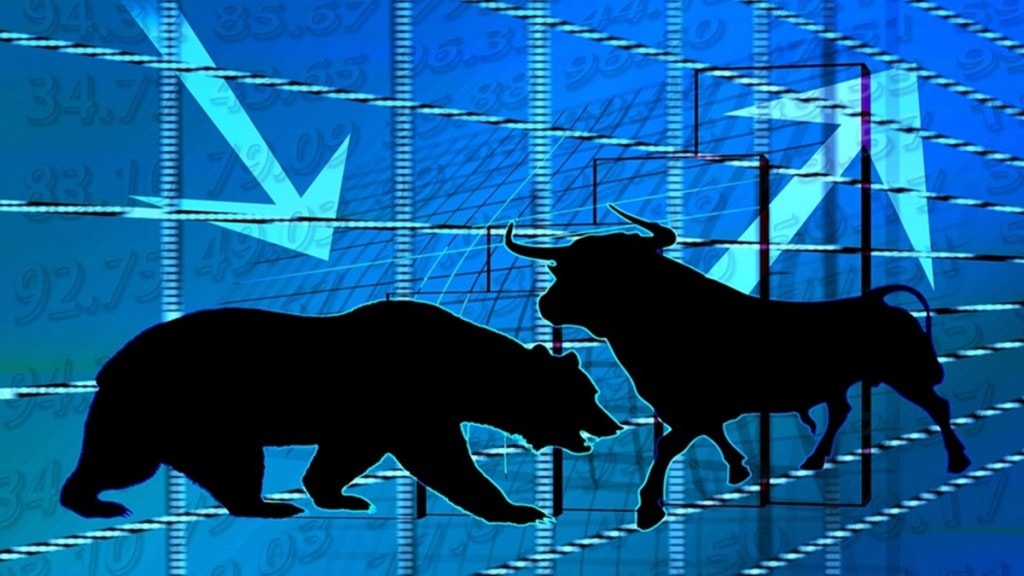The US stock market is in the grip of bears but investors keep looking for signs of a sustained reversal of stock prices. Investors look for opportunities to start investing in the stock market amidst the bear market environment so as to pick stocks at a bargain. Trying to time the market has been proved futile several times but still, many investors wait to pick stocks at the market bottom. But, where lies the bottom of the market can be known only in hindsight.
Inflation may be seen to be cooling down but it is not yet in a comfortable zone. Fed rate hikes are a reality but the pace of such rate hikes is still unknown. “So far in 2022, the Fed has raised interest rates four times, with rates presently at 2.25% / 2.5%. Despite this week’s somewhat lower inflation estimate, it is probable that another hike will occur in September, and further raises are possible,” says Dan Ashmore, investing expert at Invezz.
Here’s how rising inflation and hike in rates impact stock market investments. In a higher interest rate environment, individuals and companies cut down on their borrowings impacting investments in the economy and high inflation curtails demand for goods and services as purchases get postponed. Both these factors contribute to a fall in the GDP growth rate.
Also Read – Bed Bath & Beyond: Stock in action after the company announces this in a recent filing
As a result, corporate earnings decline thus impacting stock prices as valuations get revised on the lower side. If that is the case, the bear market environment may continue and recessionary risks could be far greater than it is now. “Once these hikes ripple through the economy, earnings forecasts will drop, and recession will hit or hit harder if you want to say we are there already. The key question is then: “Do the Fed pivot and fire back up the money printer?” Ultimately, this may be more of a political question than an economic one,” adds Ashmore.
The fall of S&P 500, Dow 30 and Nasdaq 10 from their recent highs saw a reversal in June giving some relief to the bulls but after the stern message by Fed Chariman Jerome Powell during the Jackson Hole Economic Policy Symposium 2022, the market is looking to remain volatile at least in September and October 2022.
This means, there could be more downside left for the market and equity value may fall further from the current levels. “This year’s peak-to-trough decline was little more than -24%, below the historic average of -33% during recessions since the Second World War. Historically, such large drawdowns often make for a good time to buy. Sure, the drawdown might be severe (and could still get worse), but over time the market is highly likely to rise back above its current level, especially since the Fed is unlikely to remain on the sidelines if things become truly bad,” says Ashmore.
José Torres, Senior Economist at Interactive Brokers has a different view on the current bear market environment – “The bear market is not over as the FED turns increasingly hawkish during an economic downturn. The hope of a Powell pivot was rejected last Friday as the Chair expressed that economic weakness won’t stop the FED from staying “high for longer”. The FED is effectively tightening during an economic downturn, which implies equity and bond underperformance in the coming months.”
Also Read: Short-selling on Hong Kong stocks hit an all-time high, a short squeeze could take prices higher
Whether the market turns more bearish or makes a reversal from the current levels remains to be seen. The bear market gives an opportunity to investors to accumulate quality stocks at reasonable valuations. “With a time horizon long enough – and that is the key – it’s a nice time to buy. But everybody is different, with different financial goals, risk tolerances, and time horizons. If your time horizon is not long-term, it’s a whole different ball game,” suggests Ashmore.

